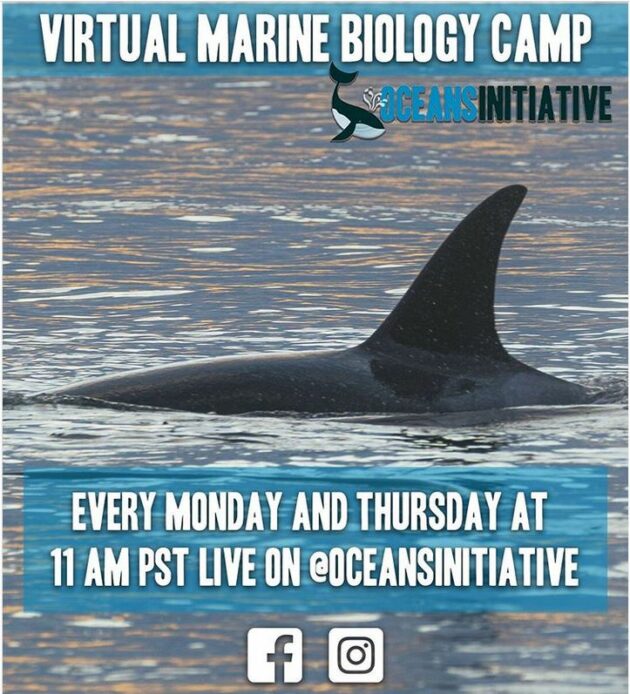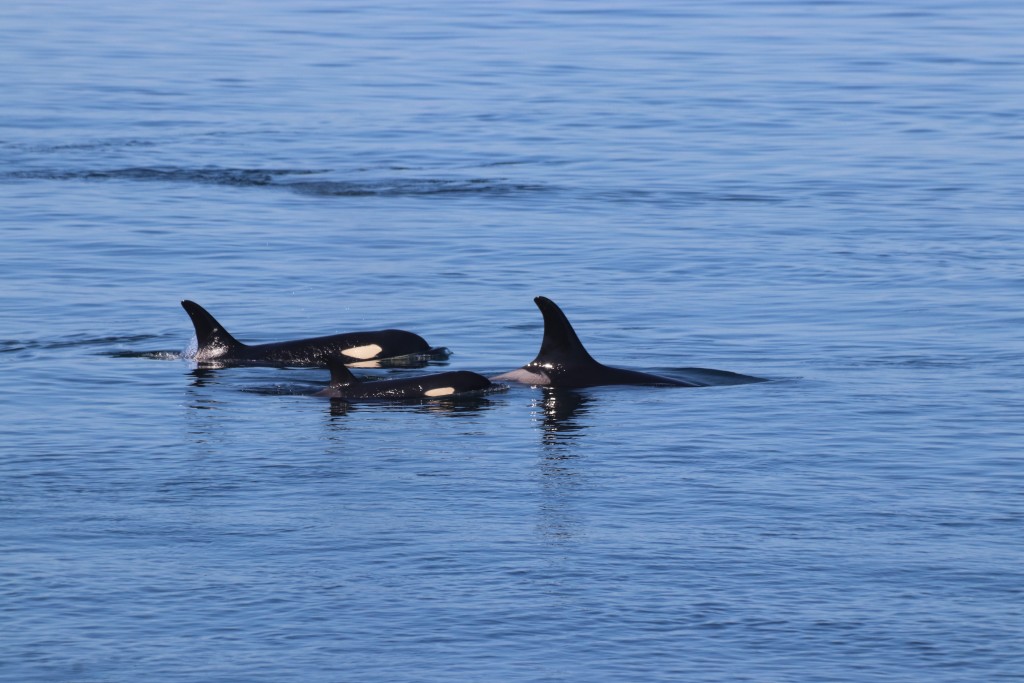
During the school shutdowns, we’ve decided to launch a (very) informal, impromptu, virtual marine biology camp. Follow us on Facebook or Instagram, and you should see us in your news feed when we go live, Mondays and Thursdays at 11 am Pacific time. For Paddington Bear fans, you’ll note that this is conveniently timed to coincide with elevenses. We’ve been using this as an excuse to bake yummy treats, for educational purposes of course. The recipes help us practice our reading and math skills. What are you making for Monday’s elevenses?
Thanks, GeekWire, for the great profile of this event. We did this primarily as parents of an almost six-year-old kid who is really missing her friends. Please like, comment, share, and tell us in the comments below what you’d like to see us cover in future episodes. We’ll keep this up as a free community service as long as schools are closed, kids are interested, and our nonprofit team has the capacity to keep up with demand.



